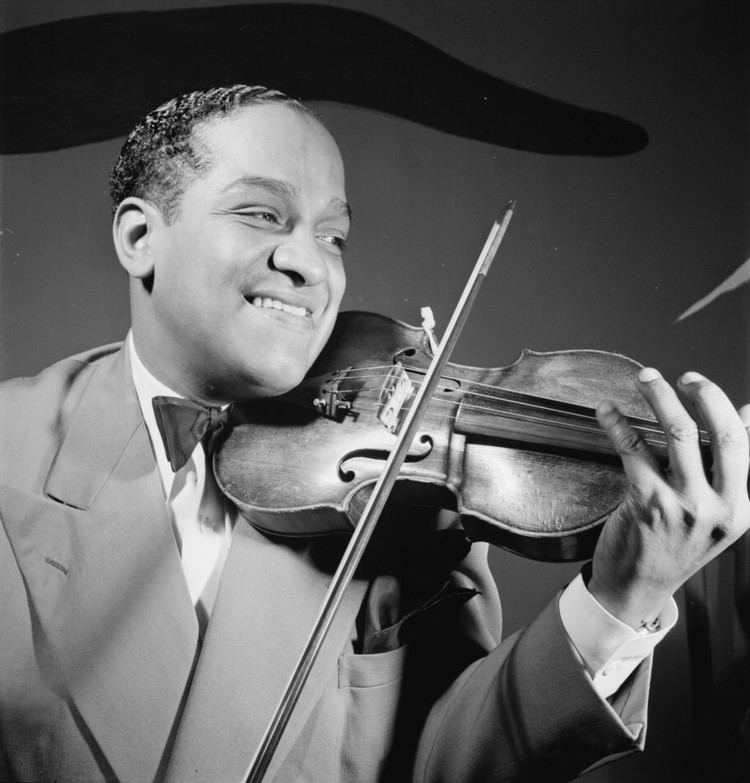 | ||
The conk (derived from congolene, a hair straightener gel made from lye) was a hairstyle popular among African-American men from the 1920s to the 1960s. This hairstyle called for a man with naturally "kinky" hair to have it chemically straightened using a relaxer (sometimes the pure corrosive chemical lye), so that the newly straightened hair could be styled in specific ways. Often, the relaxer was made at home, by mixing lye, eggs, and potatoes, the applier having to wear gloves and the receiver's head having to be rinsed thoroughly after application to avoid chemical burns. Conks were often styled as large pompadours although other men chose to simply slick their straightened hair back, allowing it to lie flat on their heads. Regardless of the styling, conks required a considerable amount of effort to maintain: a man often had to wear a do-rag of some sort at home, to prevent sweat or other agents from causing his hair to revert to its natural state prematurely. Also, the style required repeated application of relaxers; as new hair grew in, it too had to be chemically straightened.
Many of the popular musicians of the early to mid 20th century, including Chuck Berry, Louis Jordan, Little Richard, James Brown, and the members of The Temptations and The Miracles, were well known for sporting the conk hairstyle. The gatefold of the 1968 album Electric Mud shows blues legend Muddy Waters having his hair conked. The style fell out of popularity when the Black Power movement of the 1960s took hold, and the Afro became a popular symbol of African pride. The conk was a major plot device in Spike Lee's film biography Malcolm X, based upon Malcolm X's own condemnation of the hairstyle as black self-degradation in his autobiography because of its implications about the superiority of a more "white" appearance and because of the pain the process causes and the possibility of receiving severe burns to the scalp.
The conk is all but extinct as a hairstyle among African-American men today, although more mildly relaxed hairstyles such as the Jheri curl and the S-curl were popular during the 1980s and 1990s. While not involving the use of chemical relaxers, the "wave" style, commonly worn by young African-American men and teens in the 2000s may be considered to be a new version of the conk, in that the natural hair is waved through use of pomades and pressing flattened curls [formed] into place using a do rag.
Culture
In the African American Community of the early 20th century, the conk hairstyle served as a rite of passage from adolescence into adulthood for males. Because of the pain involved in the process, and the possibility of chemical burns and permanent scarring, the conk represented masculinity and virility within the community. Many African American studies scholars, and Malcolm X, a conk enthusiast in his youth, have held that the conk represents a darker motif of the African American community as well: the degradation of self in favor of "white" traits. The notion that a straighter hair is superior, and the lengths African Americans went through to attain it, elucidates an issue that was endemic as the black community struggled to gain a foothold in mainstream America. In the biography of Malcolm X, it is mentioned that at one point the prevalence of the conk hairstyle, “makes you wonder if the Negro has completely lost all sense of identity, lost touch with himself”.
